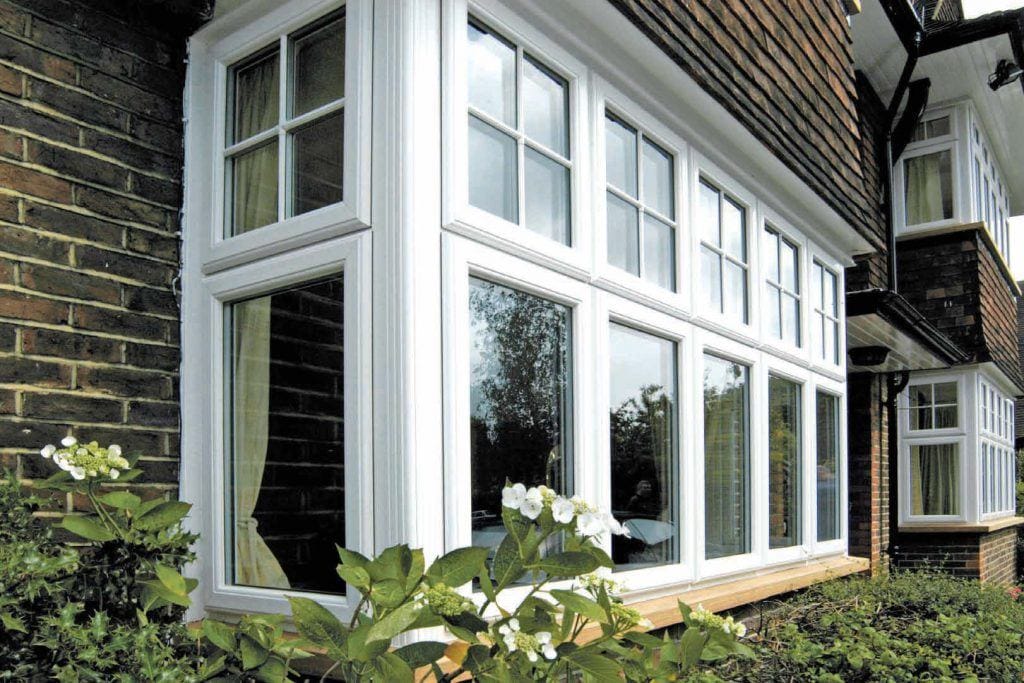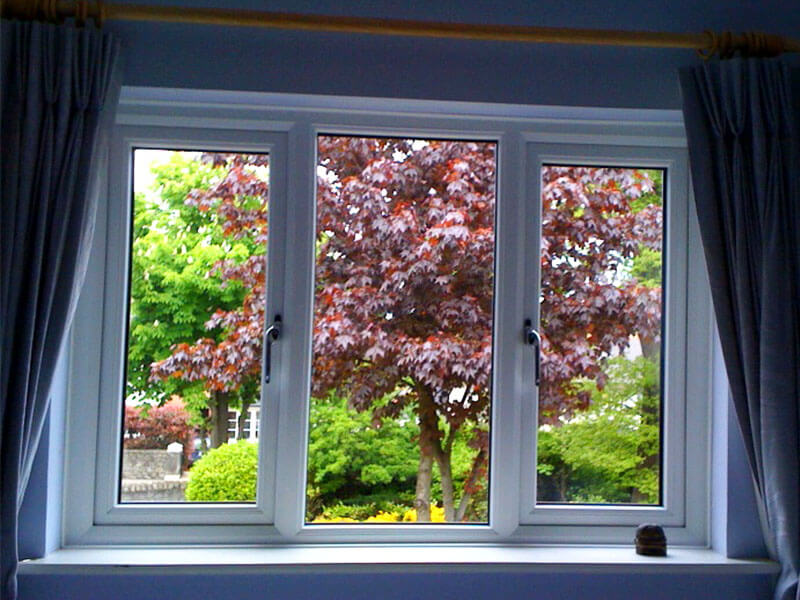
In the quest for energy efficiency and sustainability, triple glazing has emerged as a significant advancement in window technology. This innovative approach to window design involves the use of three panes of glass instead of the traditional single or double glazing. The addition of an extra pane provides enhanced insulation, reduced energy consumption, and improved comfort levels within buildings. However, while triple glazing offers numerous advantages, it also presents certain challenges that must be considered by architects, builders, and homeowners alike.
Understanding Triple Glazing
Triple glazing consists of three layers of glass separated by two insulating gas-filled spaces, typically argon or krypton. The glass panes are often treated with low-emissivity (Low-E) coatings that reflect heat back into the room while allowing natural light to enter. This design significantly reduces heat loss, making triple-glazed windows highly effective in maintaining indoor temperatures and minimizing reliance on heating systems.
The thermal performance of triple glazing is measured by its U-value, which indicates how much heat is lost through the window. A lower U-value signifies better insulation properties. Triple glazing typically achieves U-values as low as 0.6 W/m²K, compared to double glazing, which usually ranges from 1.2 to 1.6 W/m²K. This remarkable improvement translates into substantial energy savings and reduced carbon footprints for buildings.
The Benefits of Triple Glazing
- Energy Efficiency: One of the primary benefits of triple glazing is its superior energy efficiency. By minimizing heat loss, triple-glazed windows can significantly reduce heating costs, leading to lower energy bills. This is particularly advantageous in colder climates where heating demands are high.
- Comfort and Noise Reduction: Triple glazing not only keeps homes warmer in winter but also cooler in summer. The additional pane of Ideal Glass acts as a barrier against external noise, making it an excellent choice for properties located in busy urban areas or near highways. Homeowners can enjoy a quieter indoor environment, enhancing overall comfort.
- Condensation Control: Triple-glazed windows are less likely to suffer from condensation compared to their double-glazed counterparts. The added insulation helps maintain a warmer surface temperature on the interior glass, reducing the likelihood of moisture buildup and the problems associated with it, such as mold and mildew.
- Increased Property Value: Investing in triple glazing can enhance the overall value of a property. Energy-efficient homes are increasingly sought after in the real estate market, and prospective buyers often appreciate the benefits of lower utility bills and improved comfort.
- Environmental Impact: With growing concerns about climate change, the use of energy-efficient building materials is crucial. Triple glazing contributes to sustainability efforts by reducing energy consumption and greenhouse gas emissions associated with heating and cooling.
Challenges of Triple Glazing
Despite its many advantages, triple glazing is not without its challenges. Here are some key considerations:

- Cost: The initial investment for triple glazing is significantly higher than that of double glazing. The materials and manufacturing processes involved in producing triple-glazed windows lead to increased costs. While the long-term energy savings can offset this initial expense, the higher upfront price may deter some homeowners.
- Weight and Structural Considerations: Triple-glazed windows are heavier than double-glazed windows due to the additional pane of glass and the insulating gas. This increased weight necessitates stronger frames and may require structural reinforcements in some buildings. Architects and builders must carefully consider these factors during the design phase.
- Installation Complexity: Installing triple glazing can be more complex than double glazing. Proper installation is crucial to ensure optimal performance, and any mistakes can lead to issues such as air leaks or reduced insulation effectiveness. Homeowners should seek experienced professionals for installation to avoid potential problems.
- Limited Availability: While triple glazing is becoming more popular, it may not be as readily available as double glazing in some regions. Homeowners may need to research suppliers and manufacturers to find suitable options, which can add time and effort to the renovation or construction process.
- Aesthetic Considerations: The design and aesthetics of triple-glazed windows can differ from traditional windows. Some homeowners may prefer the slimmer profiles of double-glazed windows, which can impact the overall appearance of a building. It's essential to balance energy efficiency with aesthetic preferences when selecting window types.
Conclusion
Triple glazing represents a significant leap forward in window technology, offering numerous benefits in terms of energy efficiency, comfort, and environmental impact. As more homeowners and builders recognize the advantages of this innovative solution, it is likely to become a standard feature in modern architecture. However, the challenges associated with cost, weight, installation, and availability must be carefully considered.
Ultimately, the decision to invest in triple glazing should be based on a thorough evaluation of individual needs, preferences, and circumstances. As the demand for energy-efficient solutions continues to grow, triple glazing stands out as a viable option for those seeking to enhance the performance of their homes while contributing to a more sustainable future. With careful planning and consideration, the benefits of triple glazing can be fully realized, paving the way for a greener and more comfortable living environment.








